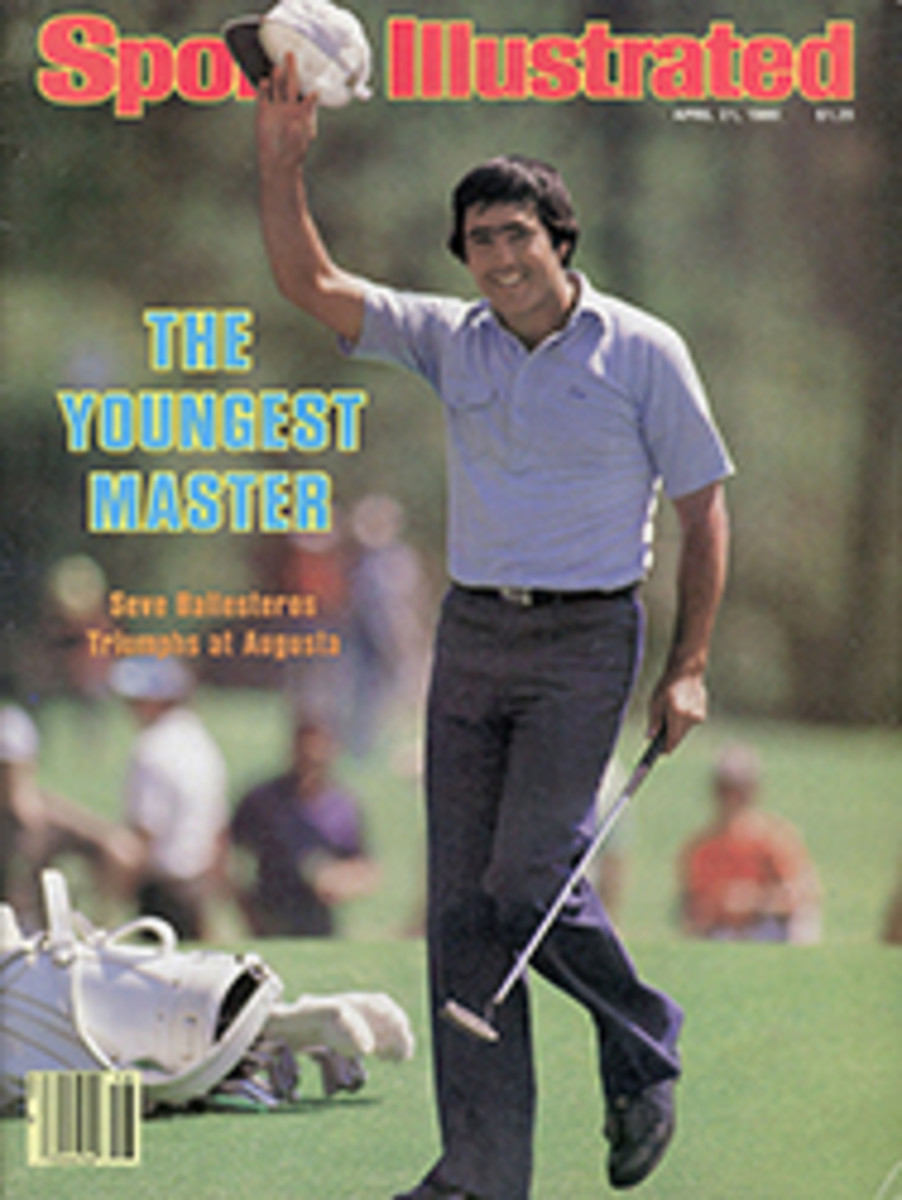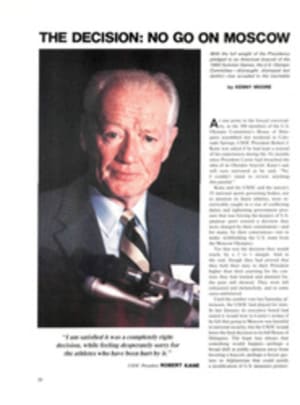
A SUPREME COURT JUDGMENT
Ed Brodeur's Supreme Court is one of five basic surfaces on which professional tennis is played today. They are, in order of speed, beginning with the slowest: clay, Supreme, DecoTurf (and similar hard courts), Sporteze and grass. Of the 88 tournaments on the men's Grand Prix circuit, 33 are contested on clay, 26 on Supreme, 21 on hard, seven on grass and one lonely Swedish event on tile. For the women the breakdown is seven clay, 10 hard, 20 Sporteze, which they use instead of Supreme when playing indoors, and six grass.
Because a women's match can easily deteriorate into interminable baseline exchanges, the Women's Tennis Association is wise to use a quicker indoor surface and hold proportionately many fewer events on clay than the men. "Theirs is not a power game," points out WTA Administrative Director Grenn Nemhauser. "They need a faster court to speed it up."
In the vernacular of tennis, the term clay actually refers to two surfaces: genuine red clay, which is found primarily in Europe and South America, and HarTru, a slightly faster man-made composition, predominant in the U.S. Contrary to popular opinion, the biggest problem for the serve-and-volley player on either type is not the slowness of the court but the lack of traction. "You often slip coming in to net on clay," says Brian Gottfried, "and when you have to move to one side for a volley, it's tough to recover."
Notwithstanding Brodeur's criticisms of the DecoTurf at Flushing Meadow, it has produced some excellent tennis. The surface did not turn out to be the lightning-fast godsend for the big hitters that many claimed it would be. Those who like to play from the baseline can do so; they just have to do it well because the sound footing allows the attackers to play their style of game, too.
True, John McEnroe and Vitas Gerulaitis, two diehard net rushers, were last year's finalists, and big-serving Roscoe Tanner pulled off the tournament's major upset with his quarterfinal win over Bjorn Borg. But Tracy Austin and Chris Evert Lloyd, who would both rather hit a backhand with one hand than venture inside the service line, were the women's finalists. And the year before, Borg and Jimmy Connors, who are more effective in the backcourt than at net, played for the championship.
One reason the top seeds have been so successful at the Open is that they play only in the stadium or grandstand. In 1978, the year the Open moved from Forest Hills to brand-new Flushing Meadow, all the courts were the same speed. Last year, after thousands of hours of public play, that wasn't the case. The USTA resurfaced the two showcase courts but not the other 25. As a result, the stadium and grandstand had the desired gritty finish that helps the ball grab and sit up, but the worn outside courts were smooth and considerably faster. That obviously didn't sit well with the lesser lights, who repeatedly complained that there were really two tournaments going on at the Open—a medium-speed one for the stars and a high-speed one for the rest of the field.
As the Open goes—in regard to its surface, anyway—so go the tournaments that immediately precede it. For the 94 years the U.S. championships were played on grass, virtually every major event between Wimbledon and Forest Hills was also contested on grass. Today, Wimbledon is the only grass-court tournament left that can still entice the top players. When the Open switched to clay in 1975, the summer circuit followed suit. And since the shift to DecoTurf in 1978, six hard-court tournaments leading to the Open have been added to the tour.
Ed Brodeur isn't the only reason why, day in and day out, the best tennis is played on Supreme Court. Supreme has the added advantage of being an indoor surface, and indoor tennis by its nature tends to be better than that played outside. Not only does a player not have to contend with wind, the sun's glare and temperature extremes, but he also hears the ball come off his opponent's racket a split second sooner than he would outdoors. That is because the sound is less diffused.
In any case, tennis will continue to be a game of multiple surfaces, which probably is as it should be. The great ones—Budge, Laver, Emerson and now Borg—won on all surfaces. That ability to adapt has always been the test of a champion.

